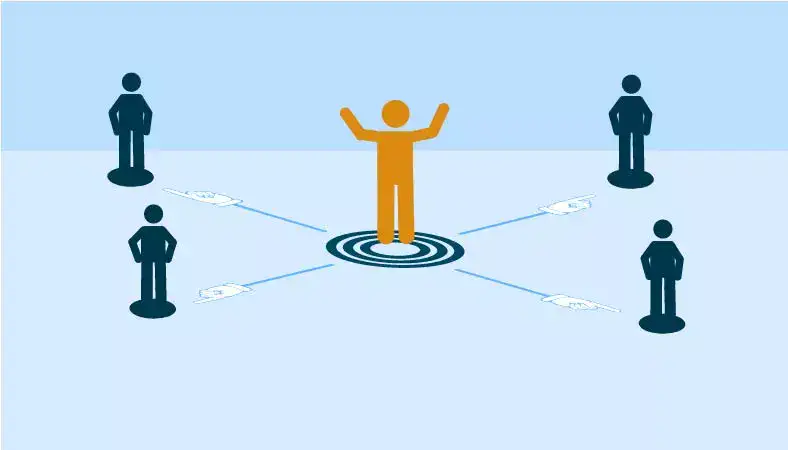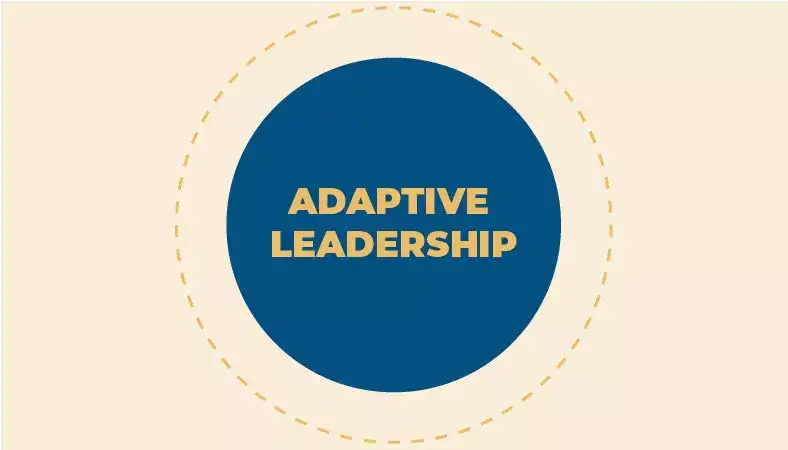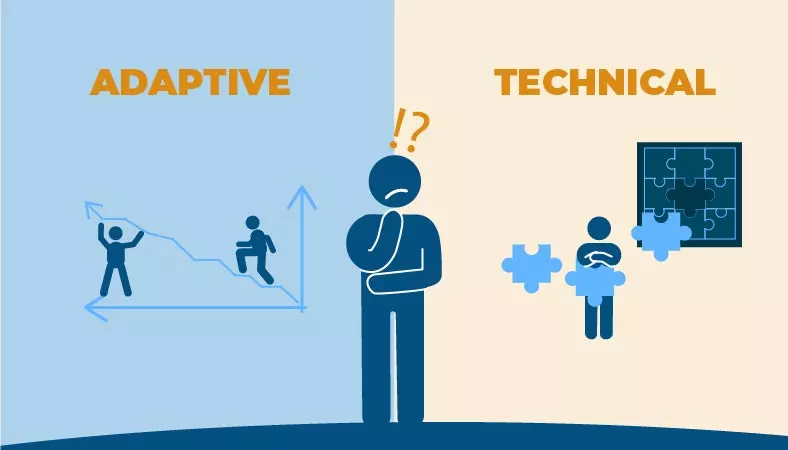Newsroom
GET ON THE BALCONY
Categories
GET ON THE BALCONY

PRINCIPLE THAT GUIDE ADAPTIVE LEADERSHIP:
GET ON THE BALCONY
Are you good at telling what people want? Where they are emotionally? Whether they are angry, frustrated, happy? Who is saying what and to whom? Who is not saying much and why? What do they actually mean?
Scenario
Jane and her employees held weekly meetings in her company. However, these meetings seemed to take longer each time they meet. On one particular occasion, the meeting turned out to be very unproductive as the conversation kept on going round and round without a consensus.
Jane decided to take a moment and try to understand why these meeting so unproductive. After going through minutes of the previously held meetings, she discovered that these meetings were usually dominated by at most four people, herself and a few others. Any comments from other employees was often brief, or dismissed by dominant members. This was really slowing down progress as employees were not comfortable, or confident enough to air their views on issues.
Jane decided that something had to be done about it. In the next meeting, she started by observing the meeting at a distance, seeing herself as well as other members in the meeting and maintaining neutrality. She started observing the more silent employees, interpreting their silent cues, and how the dominant employees delivered their views. Soon afterwards, she shared her views on how the meetings were often unproductive and did not have any meaningful closures. Not surprising, the other employees felt the same and decided that the approach to holding long running meetings should be revised. In the exercise leadership, you must practice and master the art of first getting off the ‘dance floor’ of the adaptive challenge and getting onto the balcony in order to get a clear picture of what is happening. Taking a look from the balcony will enable you to provide language of a situation your group may find itself in and facilitate movement towards a solution. Authority figures help the group identify struggles over values and power, patterns of work avoidance, and the many other reactions to change.
From this case scenario, we can see Jane took four steps while at the Balcony:
STEP 1. OBSERVE – Ask yourself, what am I seeing or hearing right now? What do I notice?
STEP 2. ASK QUESTIONS – Ask yourself, what is REALLY going on here? What am I doing to cause it?
STEP 3. INTERPRET – This is where you truly understand what is happening. Lift up your voice with others and state what you believe is happening. After you share your perspective, hold steady and listen for the way others treat your perspective. Don’t defend or attack others, truly listen.
STEP 4. TAKE MEANINGFUL ACTION – What will you do or commit to do to move things forward?
We will continue to update ALF Newsroom; if you have any questions or suggestions, please contact us!
Follow us on Facebook, Twitter, YouTube, and LinkedIn.






